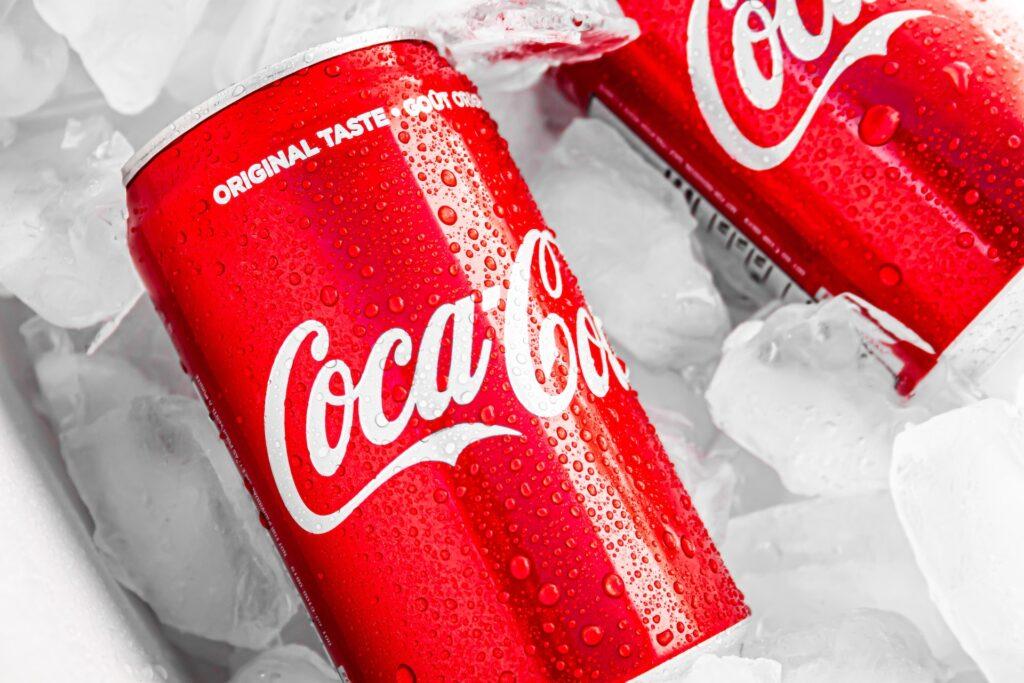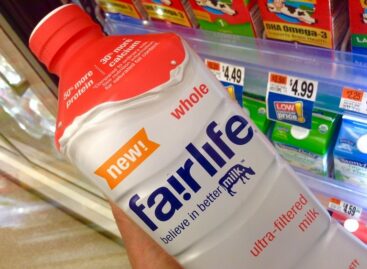The World’s Most-Popular Grocery Brands 2023: Kantar Brand Footprint
Kantar has revealed the latest edition of its annual Brand Footprint report, which tracks the most-chosen brands by consumers around the world.

The latest edition analyses the purchasing habits of shoppers across 53 countries – representing 86% of the global population – within the context a cost of living crisis.
Marked by double-digit inflation affecting food products, global household spending on fast-moving consumer goods increased by 4.8% in 2022, Kantar said, while the volume of items purchased only rose by 0.1%. This indicates that consumers spent more on fewer items, even as they made efforts to buy cheaper.
The report takes into account elements such as consumer reach points (CRP), penetration, and ‘times chosen’ to determine the popularity and reach of each brand.
The top 10 most-chosen FMCG-brands globally, according to the latest Kantar Brand Footprint report, include Coca-Cola, runner up Colgate and Nestlé-owned Maggi at the third place. Lay’s (aka Walker’s) takes the fourth spot, while soft drink brand Pepsi ranks five.
Slipping two places compared to the previous year, Lifebuoy holds sixth position in the ranking, personal care brand Sunsilk the seventh. Dropping one place to eighth is coffee brand Nescafé, Indomie is down one place to ninth position, and maintaining its rank from the previous year, Dove secures the tenth spot on the list.
Related news
Coca-Cola changes CEO: COO takes the lead
🎧 Hallgasd a cikket: Lejátszás Szünet Folytatás Leállítás Nyelv: Auto…
Read more >Coca-Cola waiting to innovate in dairy
🎧 Hallgasd a cikket: Lejátszás Szünet Folytatás Leállítás Nyelv: Auto…
Read more >This is how Coca-Cola and Budapest Bike Maffia support communities during the brand’s Christmas campaign
🎧 Hallgasd a cikket: Lejátszás Szünet Folytatás Leállítás Nyelv: Auto…
Read more >Related news
KSH: industrial producer prices in November 2025 were on average 2.7 percent lower than a year earlier and 0.3 percent lower than the previous month’s prices
🎧 Hallgasd a cikket: Lejátszás Szünet Folytatás Leállítás Nyelv: Auto…
Read more >Employment at 4.5-year low
🎧 Hallgasd a cikket: Lejátszás Szünet Folytatás Leállítás Nyelv: Auto…
Read more >This is how we eat honey in 2026
🎧 Hallgasd a cikket: Lejátszás Szünet Folytatás Leállítás Nyelv: Auto…
Read more >







